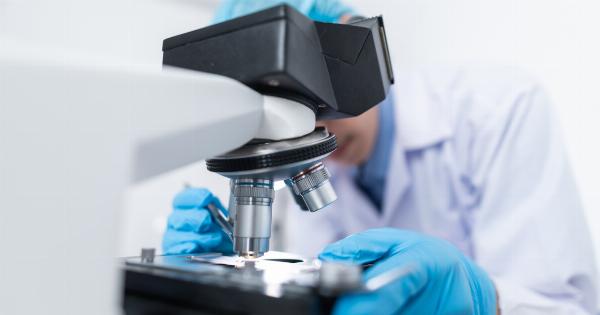When we talk about losing weight, we usually mean losing body fat.
But have you ever wondered what happens to those fat cells that make our waistline shrink? Here’s what you need to know about the science behind losing weight and where your fat goes:.
What is body fat?
Body fat, also known as adipose tissue, is a type of tissue that stores energy in the form of triglycerides.
It is found all over our body, including under the skin (subcutaneous fat), around our organs (visceral fat), and even in our muscle tissue (intramuscular fat).
While some amount of body fat is necessary for our overall health, excess body fat can lead to a plethora of health problems and increase the risk of diseases, such as diabetes, cardiovascular diseases, and cancer.
How does fat loss work?
The science of fat loss can be quite complicated, but it all comes down to creating a calorie deficit.
When we consume fewer calories than our body needs to function, it starts burning its stored energy in the form of glycogen and fat to make up for the energy shortfall.
Our body uses a hormone called lipase to break down triglycerides in adipose tissue into glycerol and free fatty acids. The glycerol goes to the liver and gets converted into glucose, which can be used as fuel by the body.
The free fatty acids are transported through the bloodstream to be used as fuel by the muscles and other organs.
As the body burns fat for energy, the fat cells shrink in size, but they don’t disappear. In fact, our bodies never really get rid of fat cells; they only shrink or expand in size depending on our energy intake and expenditure.
Where does the fat go?
So, if fat cells don’t disappear, where does the fat go when we lose weight? The answer might surprise you – it’s not turned into muscle, nor is it excreted out of our body as waste.
According to a study published in the British Medical Journal, the majority of fat cells that leave our body are actually breathed out as carbon dioxide.
That’s right – we breathe out fat! When our body burns fat for energy, the carbon atoms inside the fat combine with oxygen atoms to create carbon dioxide (CO2) and water (H2O). The water is either used by the body or excreted as urine, while the CO2 is breathed out through the lungs.
This means that, when we lose weight, our body is essentially converting fat into gas, which is then breathed out with every exhale.
It might not be as satisfying as watching the number on the scale go down, but it’s a fascinating process nonetheless.
Can we target fat loss?
One of the most common fitness myths is that we can target fat loss in specific areas of our body, such as our stomach or thighs. Unfortunately, this is not possible.
When we lose weight, our body burns fat from all over the body, not just the areas we want to lose fat from.
This means that, while we might be doing a lot of crunches to tone our abs, we can’t actually target fat loss in our stomach specifically.
However, that doesn’t mean we should give up on exercise altogether. In fact, regular exercise can help us build muscle, which can help us burn more calories even when we’re at rest.
Plus, a healthy diet and exercise regimen can help us create that coveted calorie deficit, which is the key to fat loss.
The take-home message
Fat loss might seem like a simple concept, but it’s a complex process that involves multiple bodily systems and hormones.
The good news is that, with patience, persistence, and a healthy lifestyle, anyone can achieve their desired weight and body composition.
Remember, fat cells might shrink with weight loss, but they don’t disappear. And the next time you exhale, you can take comfort in the fact that you’re breathing out some of the fat that used to be on your waistline!.



























